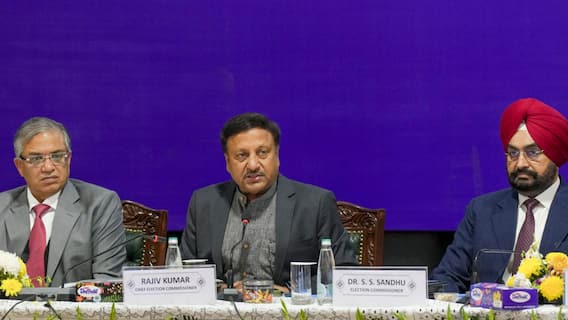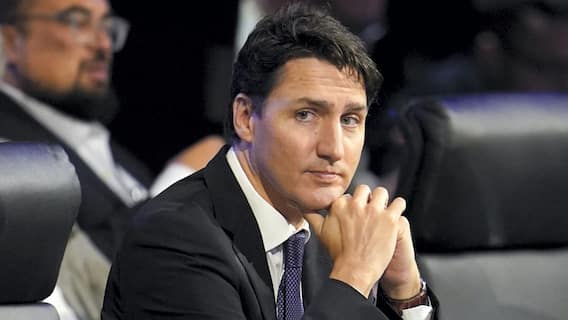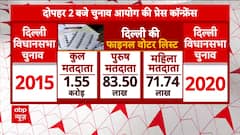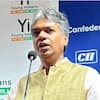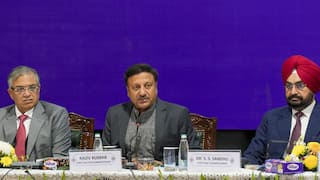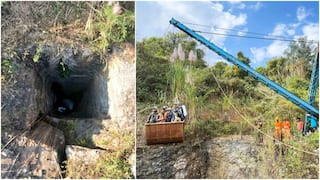EXPLAINED | '4S' Principles That Redefine India's Approach To Achieve Prosperity By 2047
India@100 strategy proposes a set of new guiding principles, new priority policies, and a new implementation model to attain the transformation that the nation will need to reach its ambitious goals

The Economic Advisory Council to Prime Minister (EAC-PM) has released 'Competitiveness Roadmap for India@100', based on the principle of '4S', which envisions India as a high-income country by 2047, when it turns 100. The India@100 Roadmap aims to help the country become a developed nation in the next 25 years through sector-specific and region-specific policies based on the '4S' principles.
For resilient and holistic development, the '4S' principles redefine India's approach to achieve prosperity by emphasising the need for prosperity growth that is matched by social progress, to be shared across all regions of India.
What Is '4S' principle?
India@100 strategy proposes a set of new guiding principles, new priority policies, and a new implementation model to attain the transformation that the nation will need to reach its ambitious goals over the coming decades.
'4S' stands for Social, Solid, Sustainable, and Shared
These are the four pillars of '4S'. The direction for the strategy is set by the '4S' guiding principles which include an explanation of the overall targets for India's economic development and an articulation of the development approach that is underpinning policy action.
An effective strategy for India needs to be based on a transparent articulation of the country’s economic development goals. These goals should outline an ambition that is bold, energising, and reflective of the aspirations of the country.
India’s ambition is to achieve middle-income and ultimately high-income status. The diagnostics has shown, however, that prosperity measured as average GDP per capita is insufficient. And Indian leaders have set goals like “Ease of Living”, regional development, and rapidly increasing renewable energy production.
Four Additional Dimensions Of '4S'
According to the ‘Competitiveness Roadmap for India@100’, a range of four additional dimensions integrates these different aspects into an overall coherent articulation of India’s ambitions:
- Prosperity growth needs to be matched by social progress
- Prosperity needs to be shared across all parts and regions of India
- Prosperity growth needs to be environmentally sustainable
- Prosperity needs to be solid and resilient in the face of external shocks
All policy actions should ultimately be motivated by their ability to contribute to these goals.
Many actions will support one or more of them, without a negative impact on others. But there can be trade-offs. Articulating these goals enables a more transparent and evidence based discussion of how these trade-offs should be managed over time.
The four additional dimensions are all multidimensional, and less easy to track in one figure than average GDP per capita. Indian leaders can and should define metrics that capture them directionally to help track performance and guide decision-making.
The diagnostics suggests that currently India lags significantly behind on creating shared prosperity. This is also reflected in lagging social progress, with tends to be more important for those with lower income levels. Policies that focus on these dimensions should be prioritised now.
The diagnostics also show that sustainability will become a dramatically rising challenge for India, both directly in its impact on living conditions and indirectly as a necessary condition for competing on global markets. Policies must start putting India on a growth path towards net zero carbon emissions and environmental sustainability more broadly. Resilience will likely also gain importance as the global context is becoming more fragmented and volatile.
View Of A Steering Committee Member
Dr Bibek Debroy, chairman, EAC-PM and Steering Committee member of Competitiveness Roadmap for India@100, on Tuesday said that India can become an upper-middle-income country by 2047 if it manages to achieve a sustained growth rate of 7-7.5 per cent for the next 25 years. The country can become a $20 trillion economy by 2047 at this growth rate.
India, the world's sixth-largest economy with a GDP of $2.7 trillion, is currently classified as a developing nation. "Even if you have relatively conservative real rates of growth of 7-7.5 per cent, we will get to a per capita income of about $10,000," Debroy said.
Competitiveness Roadmap for India@100 was released by the Economic Advisory Council to the Prime Minister (EAC-PM) in the presence of Dr Bibek Debroy, chairman, EAC-PM, Sanjeev Sanyal, member, EAC-PM, and the members of the group formed as part of the initiative.
Trending News
Top Headlines









